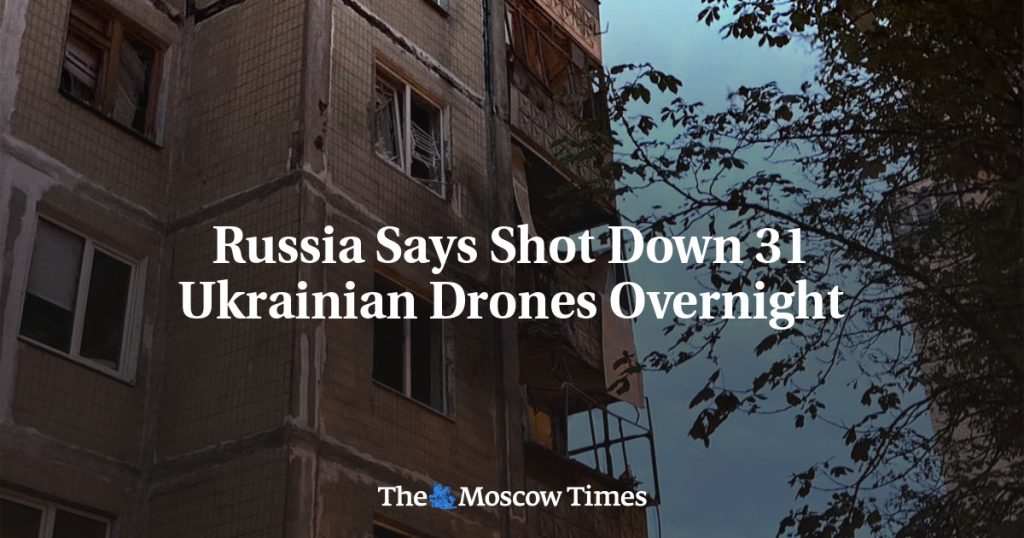Russia’s Defense Ministry reported that they had shot down 31 Ukrainian drones over various Russian regions, including in Crimea. The Ministry stated that the Kyiv regime was attempting to carry out terrorist attacks using these drones, but their efforts were thwarted. Twelve drones were taken down in the Belgorod region, where a Ukrainian strike had killed 15 people the previous day. Additionally, eight drones were destroyed in the Kursk region and four were intercepted in the Lipetsk region. In Crimea, seven drones and four U.K.-supplied Storm Shadow missiles were destroyed as well.
Ukraine has been increasingly carrying out drone attacks on Russian territory, with the goal of disrupting Russian oil refineries and impacting Moscow’s gasoline and diesel production. This strategy has been a part of Kyiv’s efforts to continue the conflict in Ukraine, which has been ongoing for several years. The attacks also demonstrate the use of drones as a tool for modern warfare, as they provide a means of carrying out precision strikes and surveillance without risking soldiers on the ground. This has been a new development in the conflict between Russia and Ukraine and has posed challenges for both countries.
The use of drones in conflict has become more prominent in recent years, with countries using them for various purposes, including surveillance, reconnaissance, and targeted strikes. In the case of the Ukrainian attacks on Russian territory, drones have been a key tool in carrying out precision strikes on important infrastructure, such as oil refineries. These attacks have the potential to disrupt Russian operations and impact the country’s economy, making them a valuable weapon in the ongoing conflict between Russia and Ukraine.
Russia’s Defense Ministry’s response to the Ukrainian drone attacks shows the importance of air defense systems in countering such threats. The successful interception and destruction of the drones demonstrate Russia’s capability to defend its territory from aerial attacks. The Ministry’s quick and effective response to the attempted attacks highlights the importance of vigilance in monitoring airspace and promptly neutralizing any threats. This incident serves as a reminder of the ongoing tensions between Russia and Ukraine and the need for both countries to remain prepared for further escalation.
The conflict between Russia and Ukraine has shown no signs of ending, with both sides continuing to engage in hostilities and provocative actions. The use of drones in this conflict has added a new dimension to the ongoing warfare, allowing for more targeted and precise strikes on strategic targets. The escalation of drone attacks on Russian territory indicates that the conflict is far from over and that both sides are willing to use any means necessary to achieve their goals. The situation remains volatile, with the potential for further clashes and escalations in the future.
In conclusion, the recent drone attacks on Russian territory by Ukraine demonstrate the evolving nature of modern warfare and the use of drones as an effective tool in conflicts. Russia’s successful interception and destruction of the drones highlight the importance of air defense systems in countering such threats. The ongoing conflict between Russia and Ukraine continues to be marked by tensions and hostilities, with both sides engaging in provocative actions. The use of drones in this conflict underscores the need for both countries to remain vigilant and prepared for further escalations. The situation remains fluid, and the potential for further clashes between Russia and Ukraine remains a concern.


